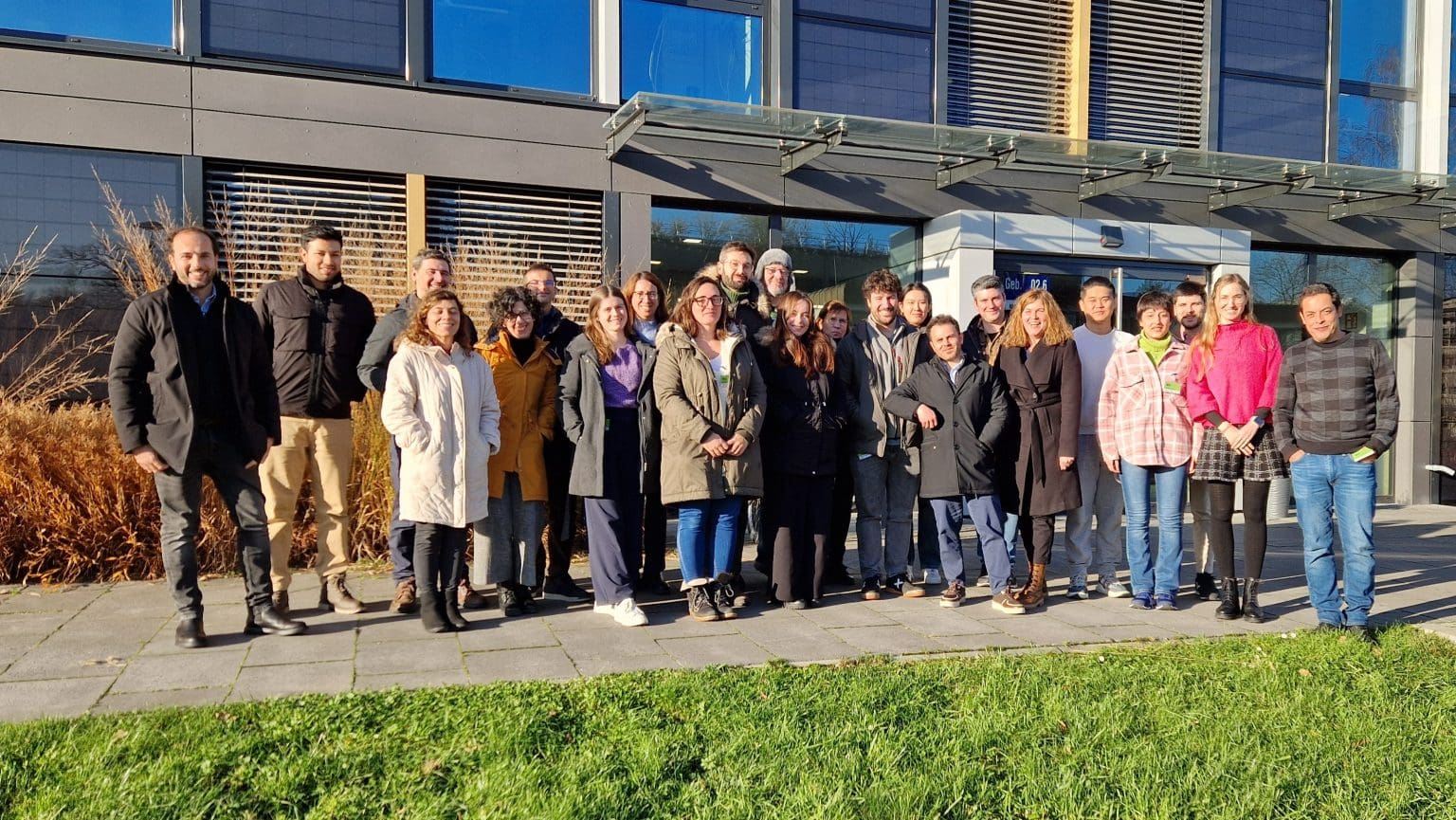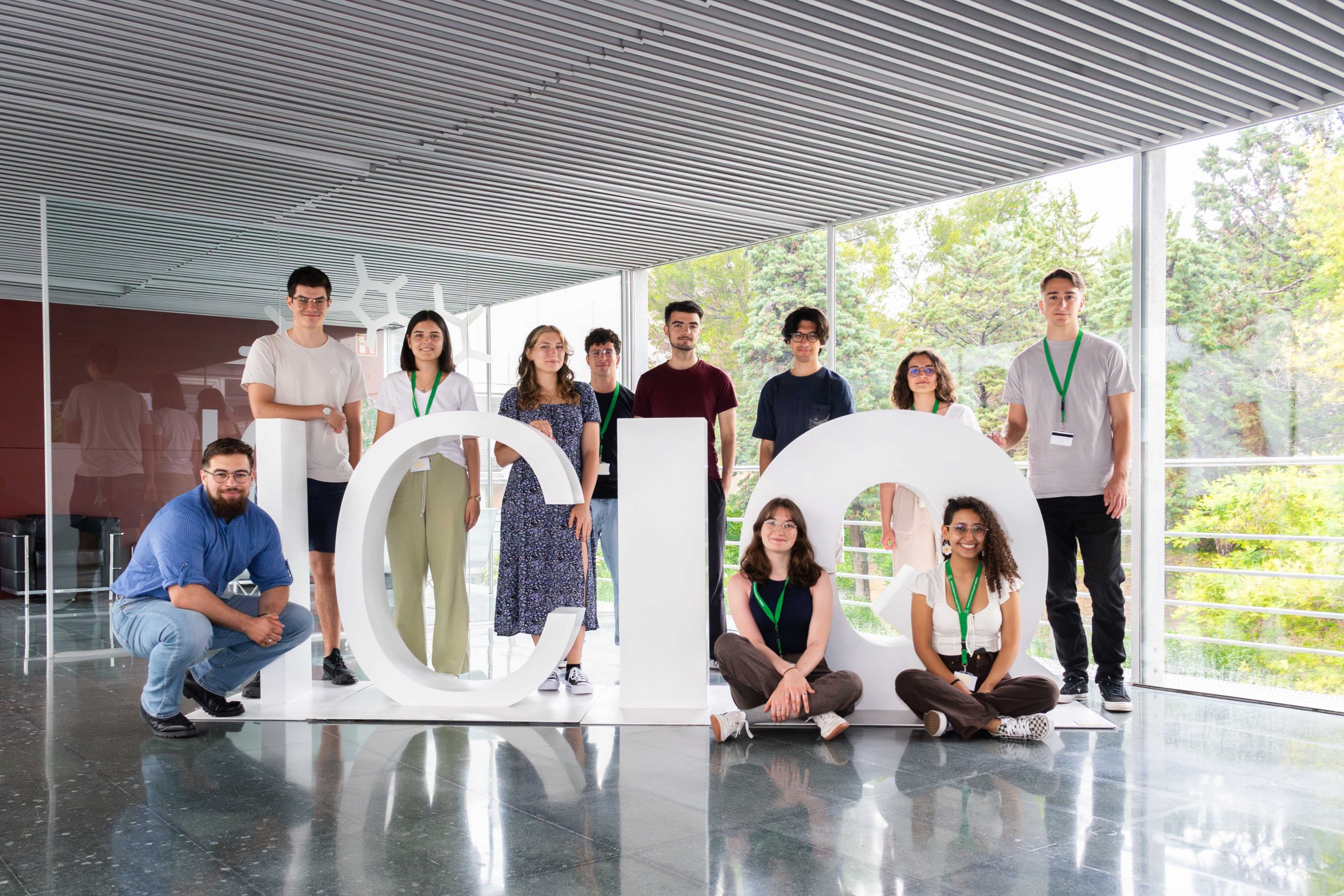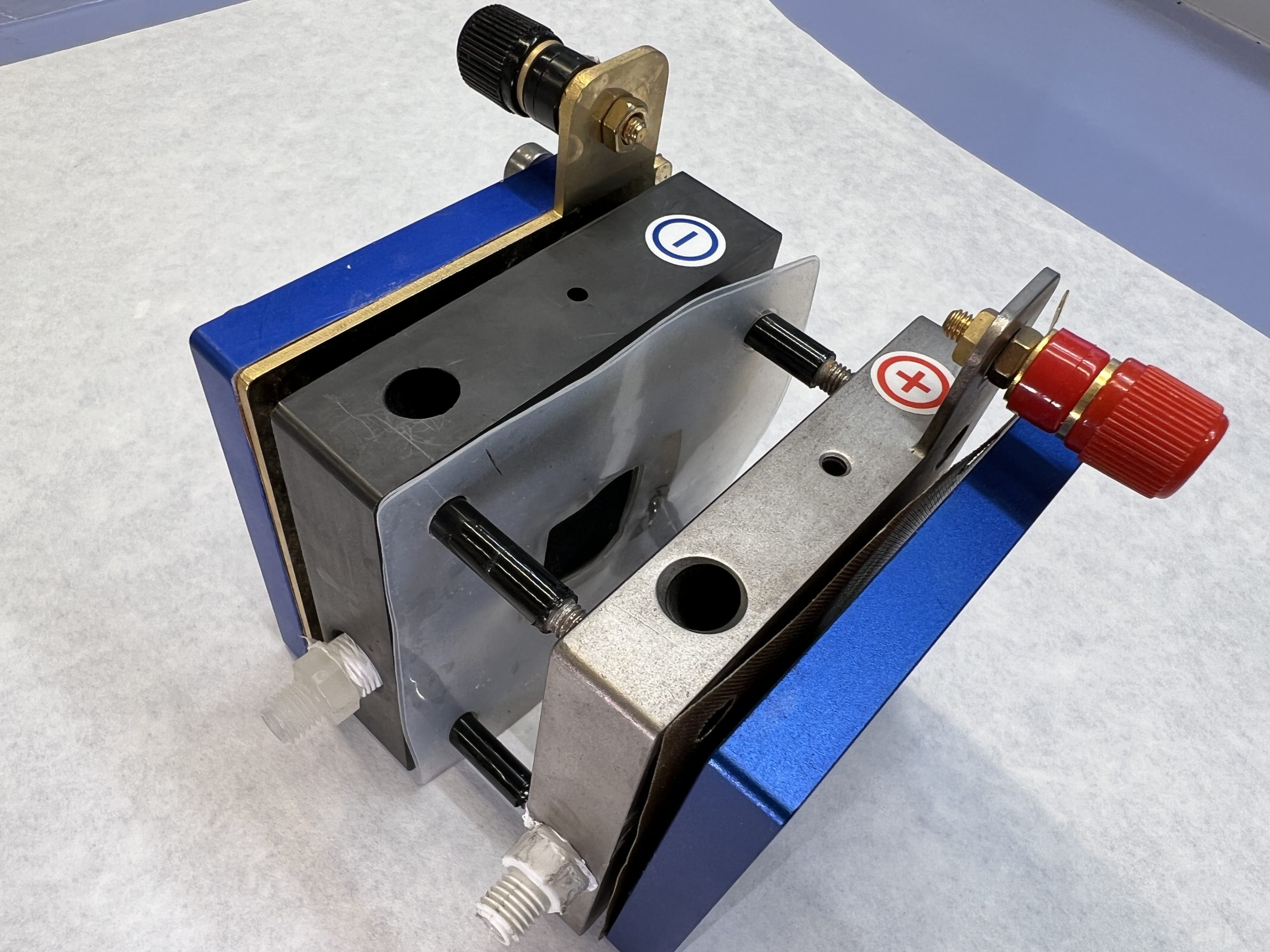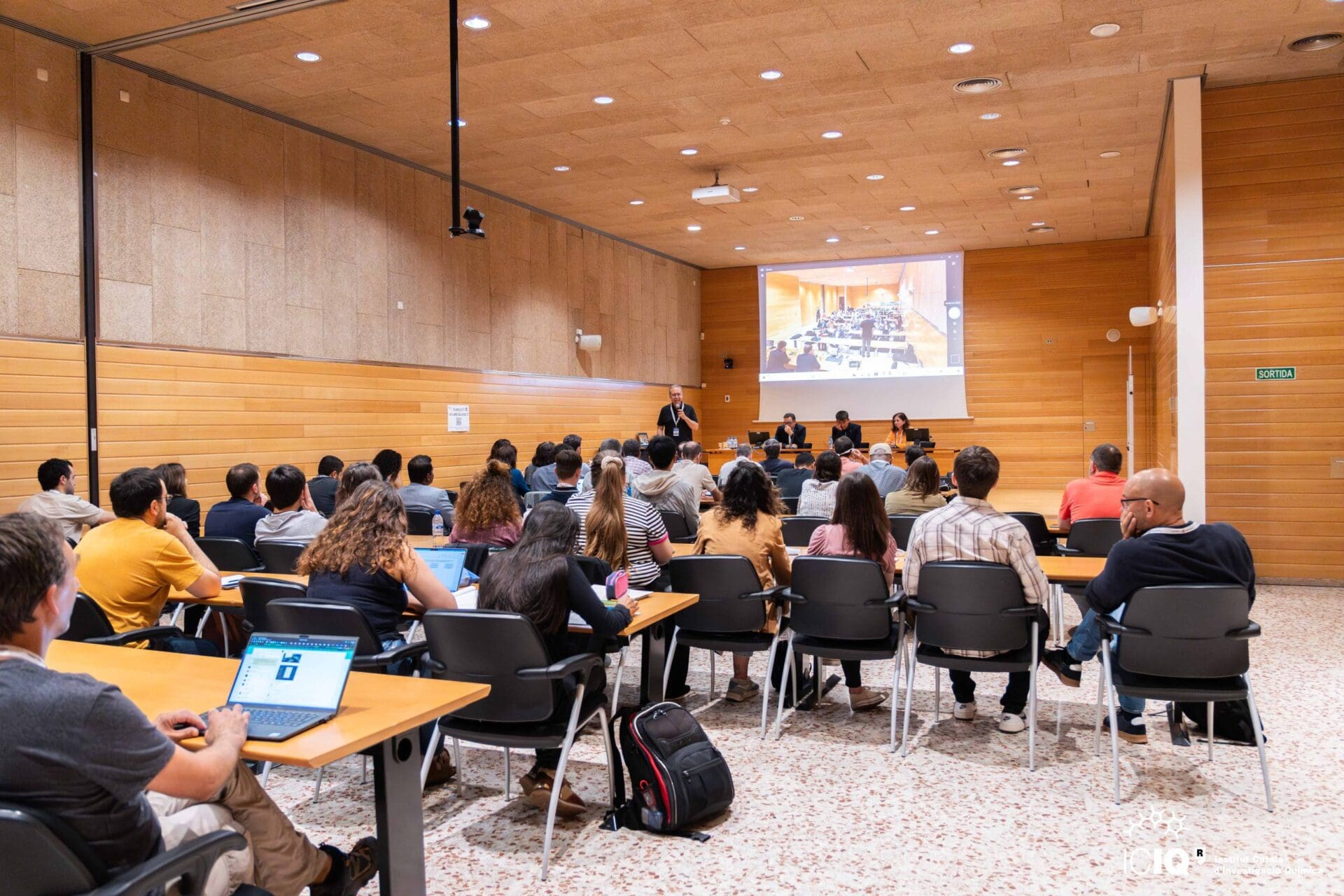López's group on the cover of Angewandte
 Hybrid Palladium Nanoparticles for Direct Hydrogen Peroxide Synthesis: The Key Role of the Ligand
Hybrid Palladium Nanoparticles for Direct Hydrogen Peroxide Synthesis: The Key Role of the Ligand
G.M. Lari, B. Puértolas, M. Shahrokhi, N. López, J. Pérez-Ramírez
Angew. Chem., Int. Ed. 2016,
Ligand-modified palladium nanoparticles deposited on a carbon carrier efficiently catalyze the direct synthesis of H2O2 and the unique performance is due to their hybrid nanostructure. Catalytic testing demonstrated that the selectivity increases with the HHDMA ligand content from 10 % for naked nanoparticles up to 80 %, rivalling that obtained with state-of-the-art bimetallic catalysts (HHDMA=C20H46NO5P). Furthermore, it remains stable over five consecutive reaction runs owing to the high resistance towards leaching of the organic moiety, arising from its bond with the metal surface. As rationalized by density functional theory, this behavior is attributed to the adsorption mode of the reaction intermediates on the metal surface. Whereas they lie flat in the absence of the organic shell, their electrostatic interaction with the ligand result in a unique vertical configuration which prevents further dissociation and over-hydrogenation. These findings demonstrate the importance of understanding substrate–ligand interactions in capped nanoparticles to develop smart catalysts for the sustainable manufacture of hydrogen peroxide.
Related news

Let's create a brighter future
Join our team to work with renowned researchers, tackle groundbreaking
projects and contribute to meaningful scientific advancements






 05-12-2024
05-12-2024 


















